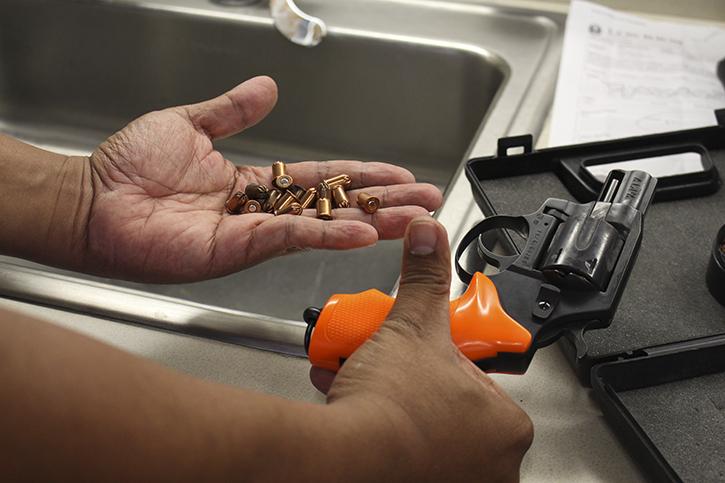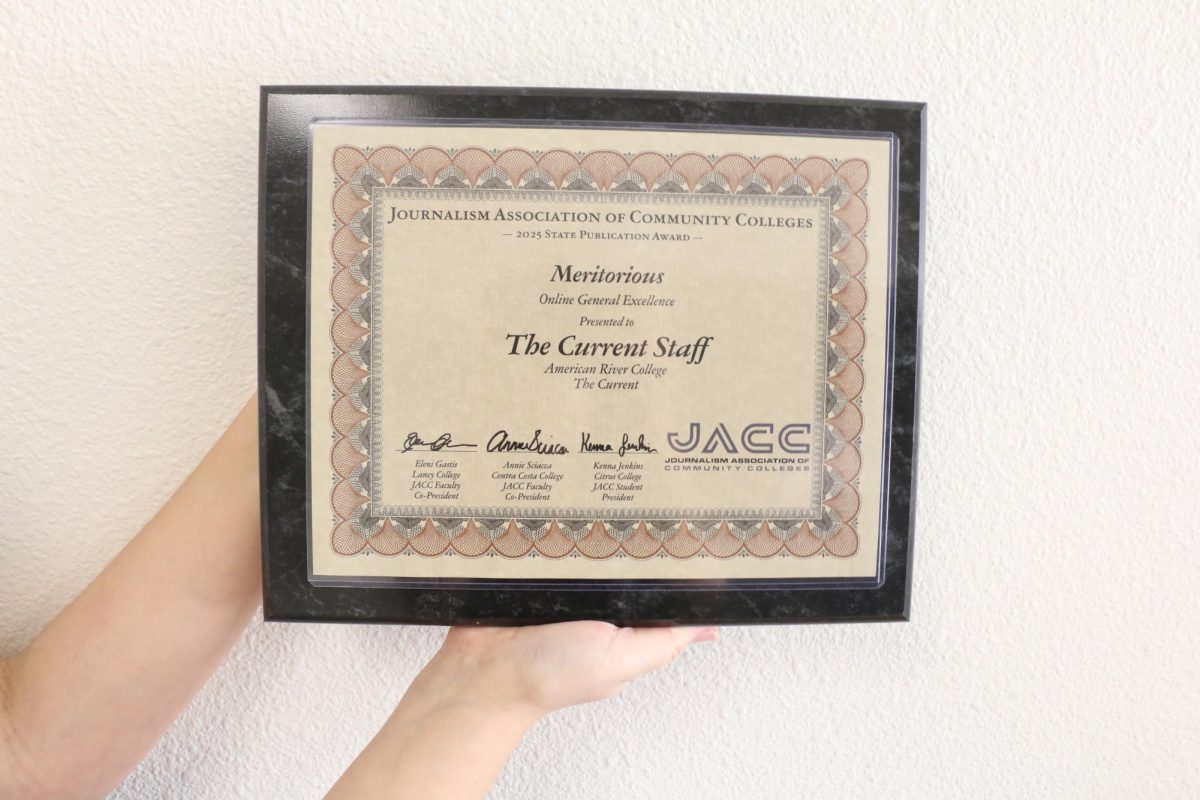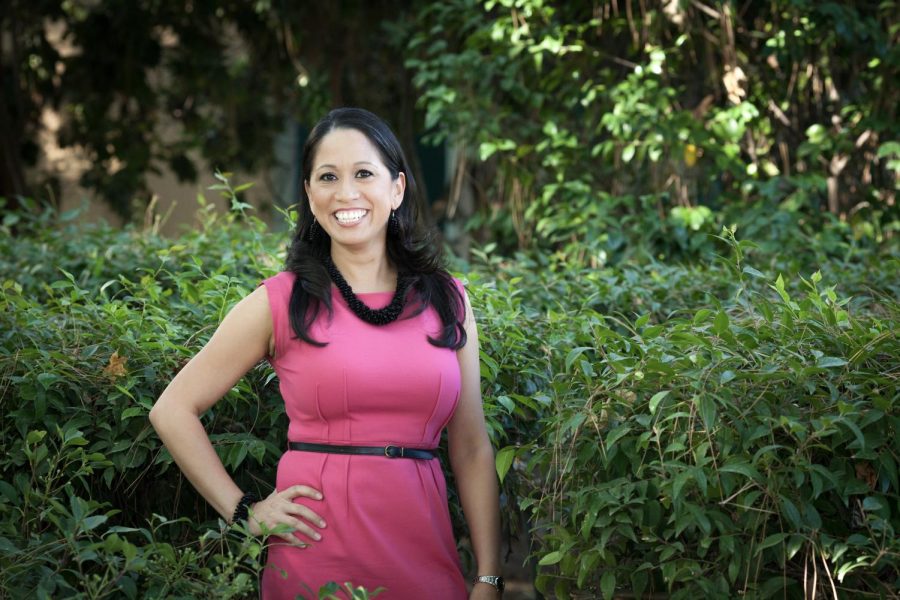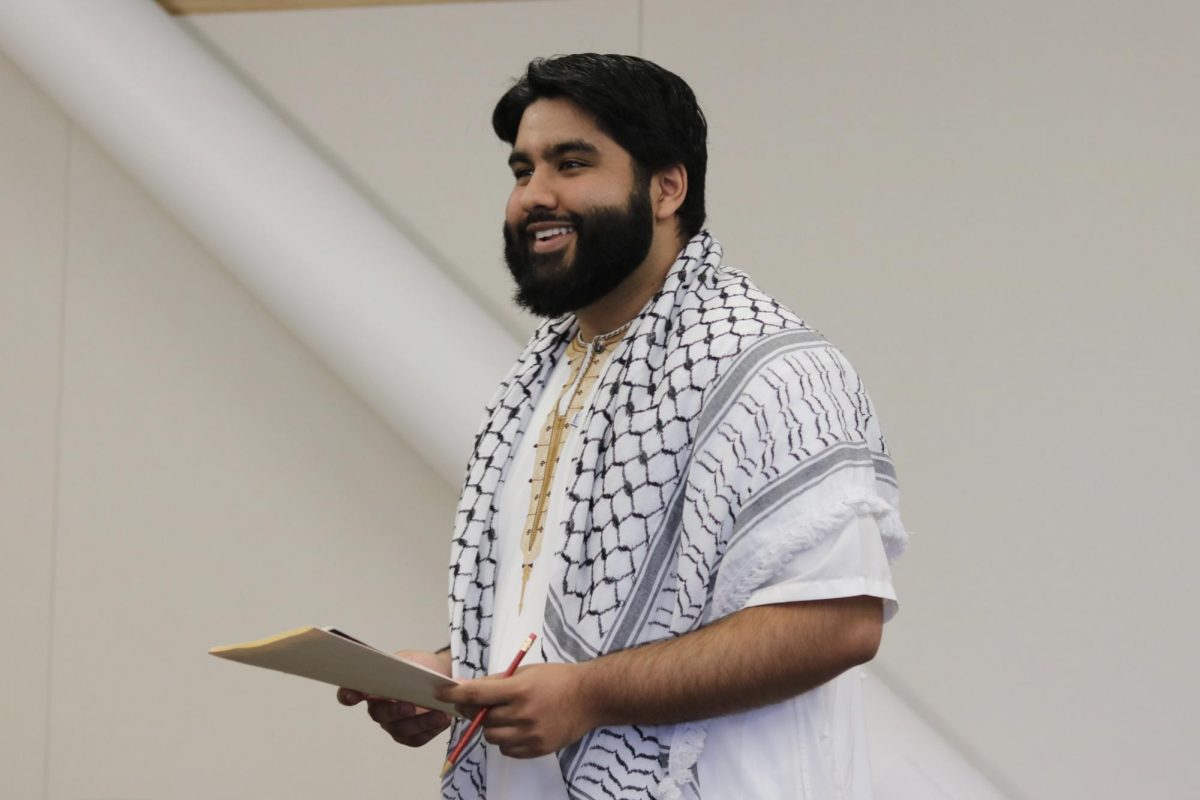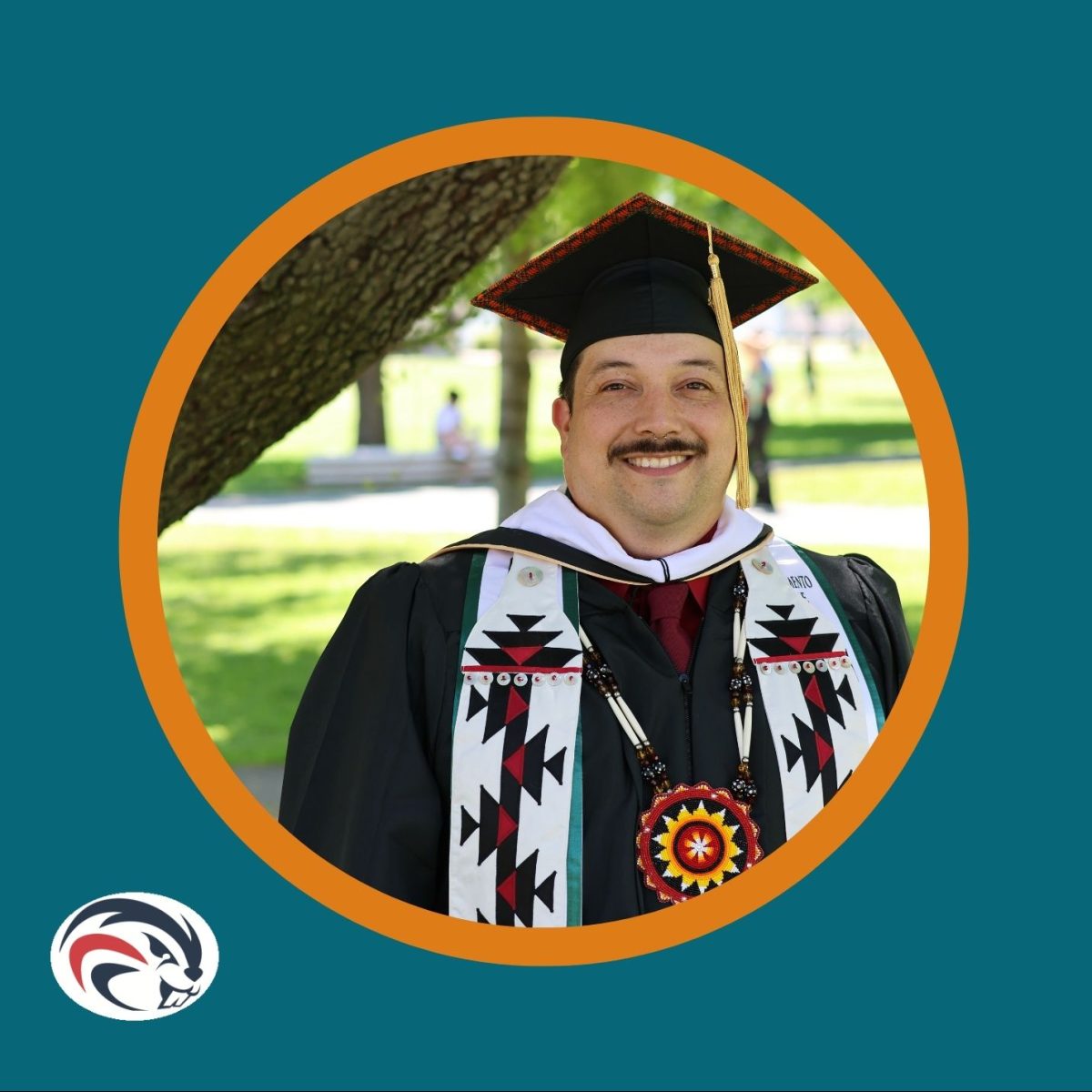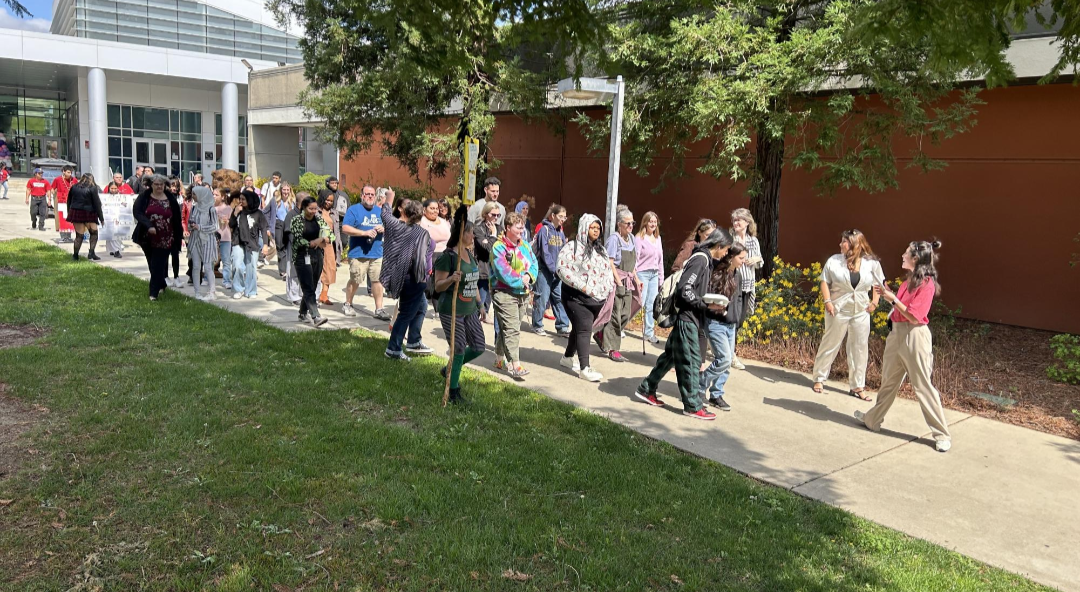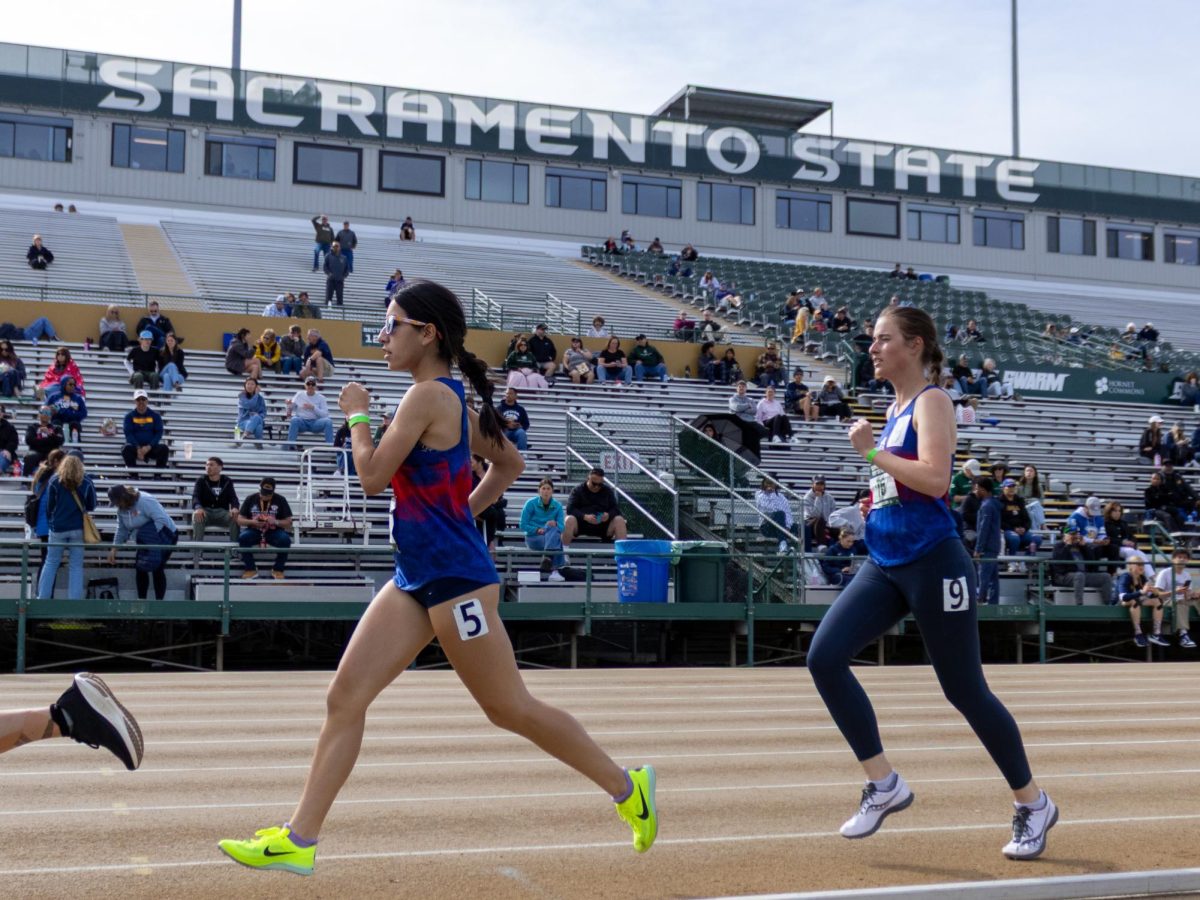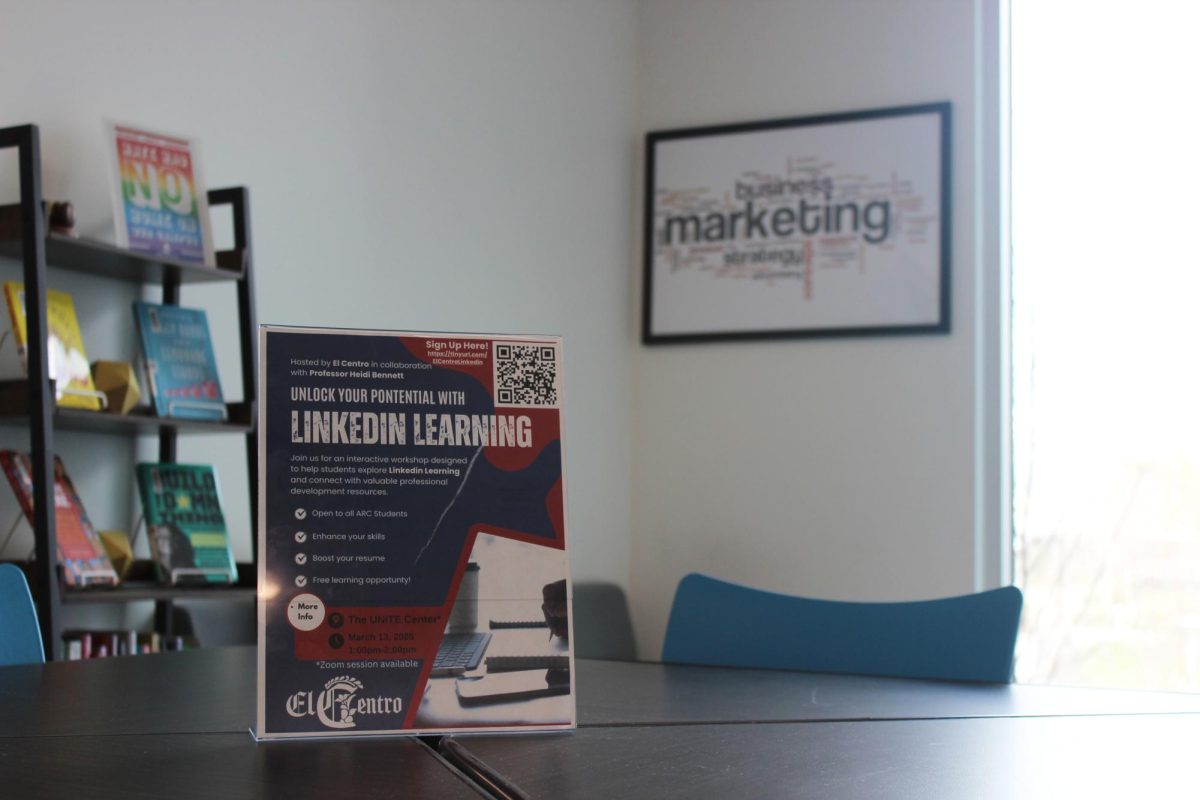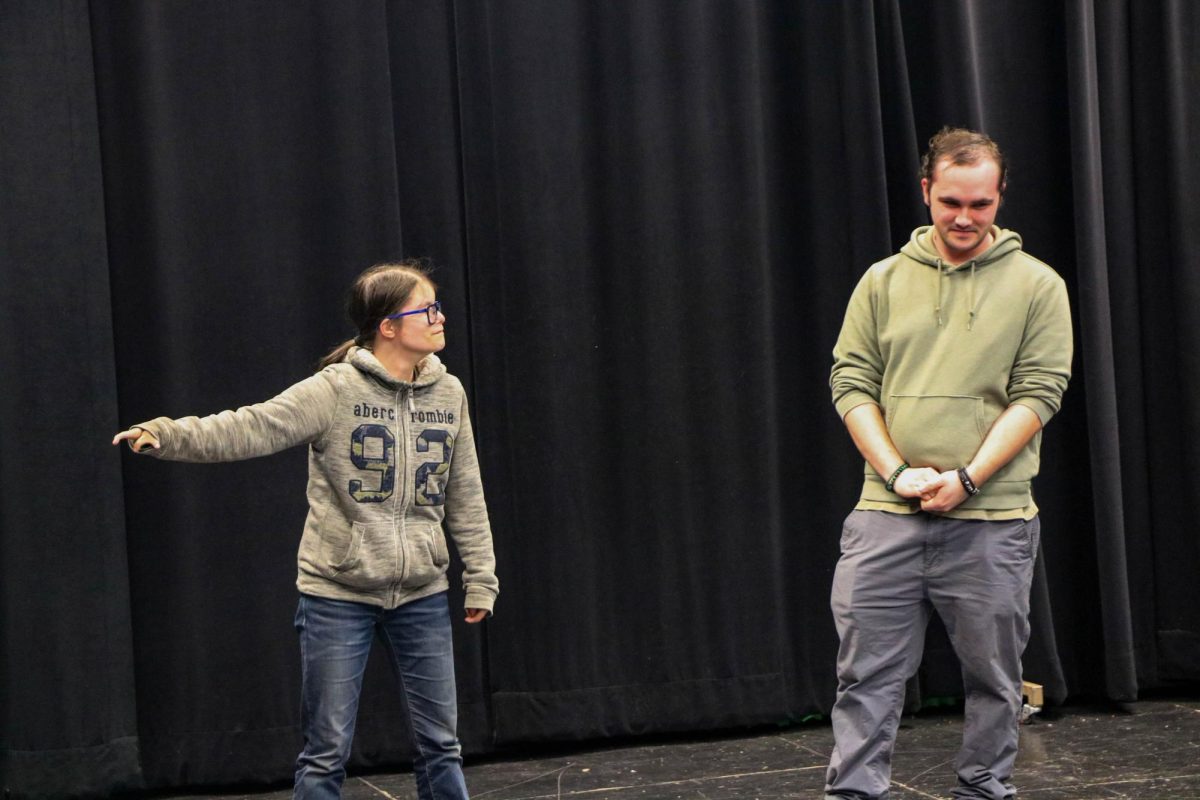By John Ferrannini and Michael Pacheco
An earlier version of this story falsely reported that the participants had to decide whether to run, hide or flee. In fact, they had to decide whether to run, hide or fight.
The Los Rios Police Department held an active shooter drill in the Student Center on Friday to better inform American River College students, faculty, administration and staff on how to respond to those whose “overwhelming objective is to commit mass murder.”
Officer Andrew Simon, wearing a red body suit and using a starter pistol, portrayed an active shooter as those participating decided whether to run, hide or fight.
“I saw lots of running away from danger, which is good,” said Simon. “I’m very pleased.”
Lt. Daniel Broussard of the Los Rios Police Department led the drill, which was preceded by two workshops. Broussard said that different buildings can request a drill be done in their area, but that there have been more requests than usual since the Sept. 3 shooting at Sacramento City College that left one dead and two injured.
“We don’t do this stuff to scare you, we do it to prepare you,” said Broussard before the drill. “It sounds like a real gun. If you’ve never heard a real gun you may be surprised.”
The drill was mandatory for SAGES, a group of student workers based in the Center for Leadership and Development. Faculty and staff who work in the Student Center joined Manuel Perez, the dean of student development, in participating.
“This is our effort – as a college – for seeing that our campus community has the resources for health and wellness,” said Perez.
Most of those participating managed to escape within a minute of the initial gunfire. Several hid and Simon was unable to find them.
None actively engaged Simon. Before the drill, Perez advised participants to be careful if they chose to do so.
“This is not the moment where you’re going to practice your combat skills with this person,” said Perez.
Nancy Candelario, one of the SAGES, said that she felt the drill helped her face an actual active shooter situation.
“It does help because now you know where the exits are, not only where we work but everywhere else in the Student Center,” she said.
The drill was preceded by two workshops led by Broussard, who emphasized the three main options available to people caught in an active shooter situation: running, hiding or fighting. Broussard said that running is always the first option.
“If you can get out, do,” said Broussard. “Always try to escape even when others insist on staying. Leave belongings behind.”
“Wack (a gunman) across the head (with a fire extinguisher) until they stop moving. You do whatever it takes and keep going until they stop being a threat. … Don’t huddle in a corner. You’re much more likely to survive if you engage him and stop the threat.” – Lt. Daniel Broussard
Broussard said that once people escape, they should call the police. Although he encouraged calling 911, he said that it would be more efficient from the law enforcement angle to call the Los Rios police directly at 916-558-2221.
“That’s the fastest way to get help on campus,” said Broussard. “We have the opportunity to talk to the neighboring agencies.”
Broussard said that if a safe escape is impossible hiding is the next best option, preferably with some cover.
“The thing you want to prioritize is to be out of the shooter’s view. They’re looking for objects of opportunity” said Broussard.
Broussard also encouraged people to turn their cell phones off if they’re in an active shooter situation.
“The last thing you want is for the bad guy to be walking by and your cell phone goes off,” said Broussard, who added that friends and family are more likely to call if they hear about an emergency situation.
If the options of escaping and hiding are not available, Broussard said that the best option is a confrontation with the shooter.
The best weapon is “anything you can get your hands on,” such as computers, pens, books and even fire extinguishers.
“Wack them across the head (with a fire extinguisher) until they stop moving,” said Broussard. “You do whatever it takes and keep going until they stop being a threat … Don’t huddle in a corner. You’re much more likely to survive if you engage him and stop the threat.”
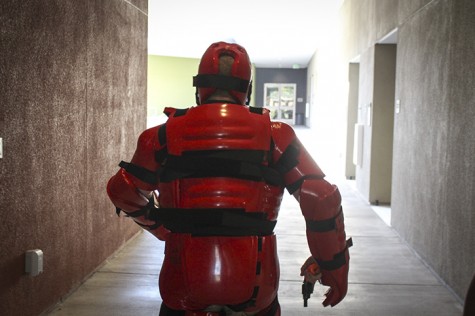
Broussard told the audience not to be alarmed if they see police officers from other agencies during an active shooter situation.
“You’re going to see everybody else in Sacramento there,” he said. “We’ve had calls where FBI agents in their offices drive out.”
Broussard encouraged participants to form Action Coordinators for Emergency Survival (ACES) groups.
The intent of ACES is to help provide campus personnel with knowledge to help handle emergency situations when police are not able to respond in time.
ACES teams are formed to help with evacuations, search and rescue and first-aid assistance for students and staff.
The program is designed to establish a basic self-help organization within each campus building, to train personnel to react appropriately to each type of emergency and to assist others in their assigned buildings.
Evacuations that are unorganized can lead to confusion, injury, and property damage. The ACES program is designed to help bring organization to disaster situations.
Through ACES, a hierarchy is established by the groups themselves for each building so that there are lines of communication and clear decision making.
People in ACES teams should be capable of training others in their building of the procedures, know where all the emergency equipment is, and knowing the floorplans and locations of all the exits and stairways for their building.
During the lectures several emergency notification systems were mentioned, such as Los Rios’ ALERT system, which will email or text students and faculty who opt-in to the system when an emergency situation happens.
The Current prepared a video tutorial to show students how to receive ALERT messages.
SAGE Hilario Valdovinos said that he recommended the drill.
“Even though this is required, I wanted to come,” said Valdovinos. “It’s very important, especially with everything that’s going on now.”
The workshops and drill were not open to the general public, leaving the Student Center closed after 11 a.m. Friday.


